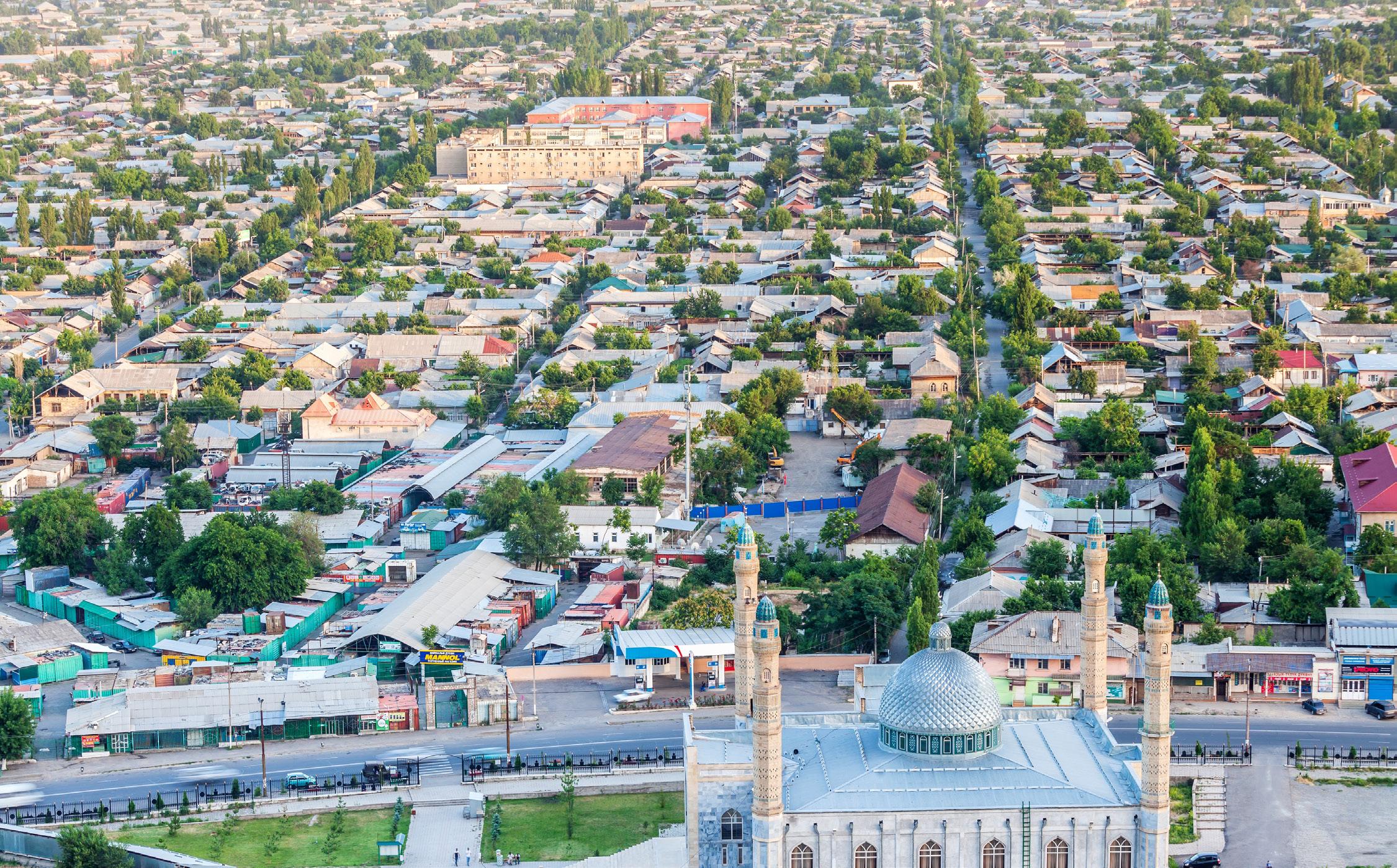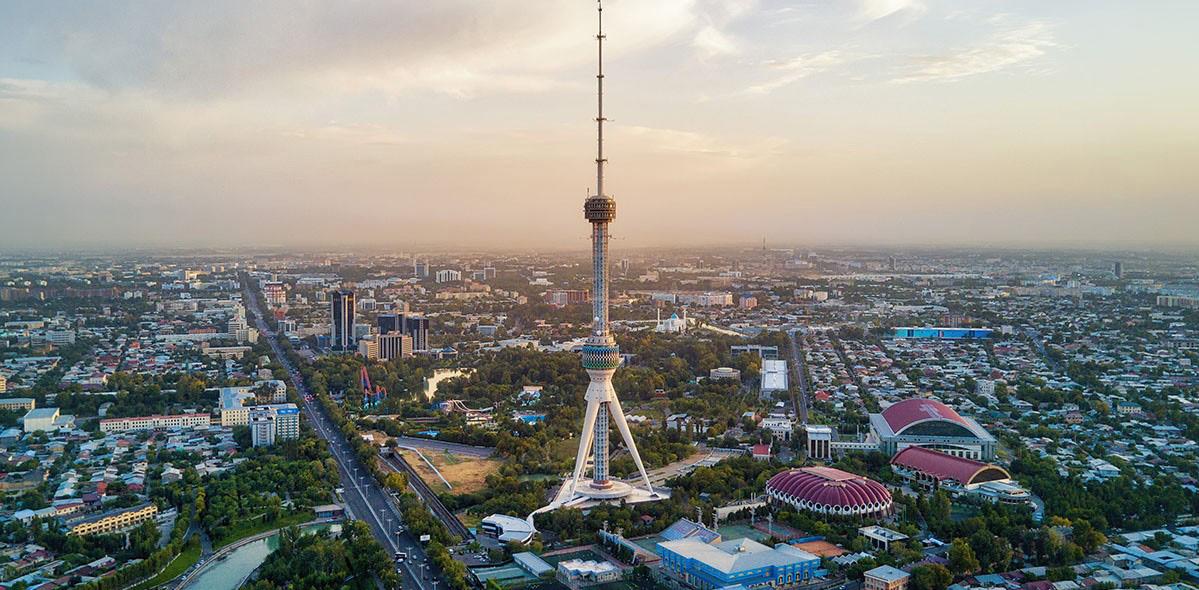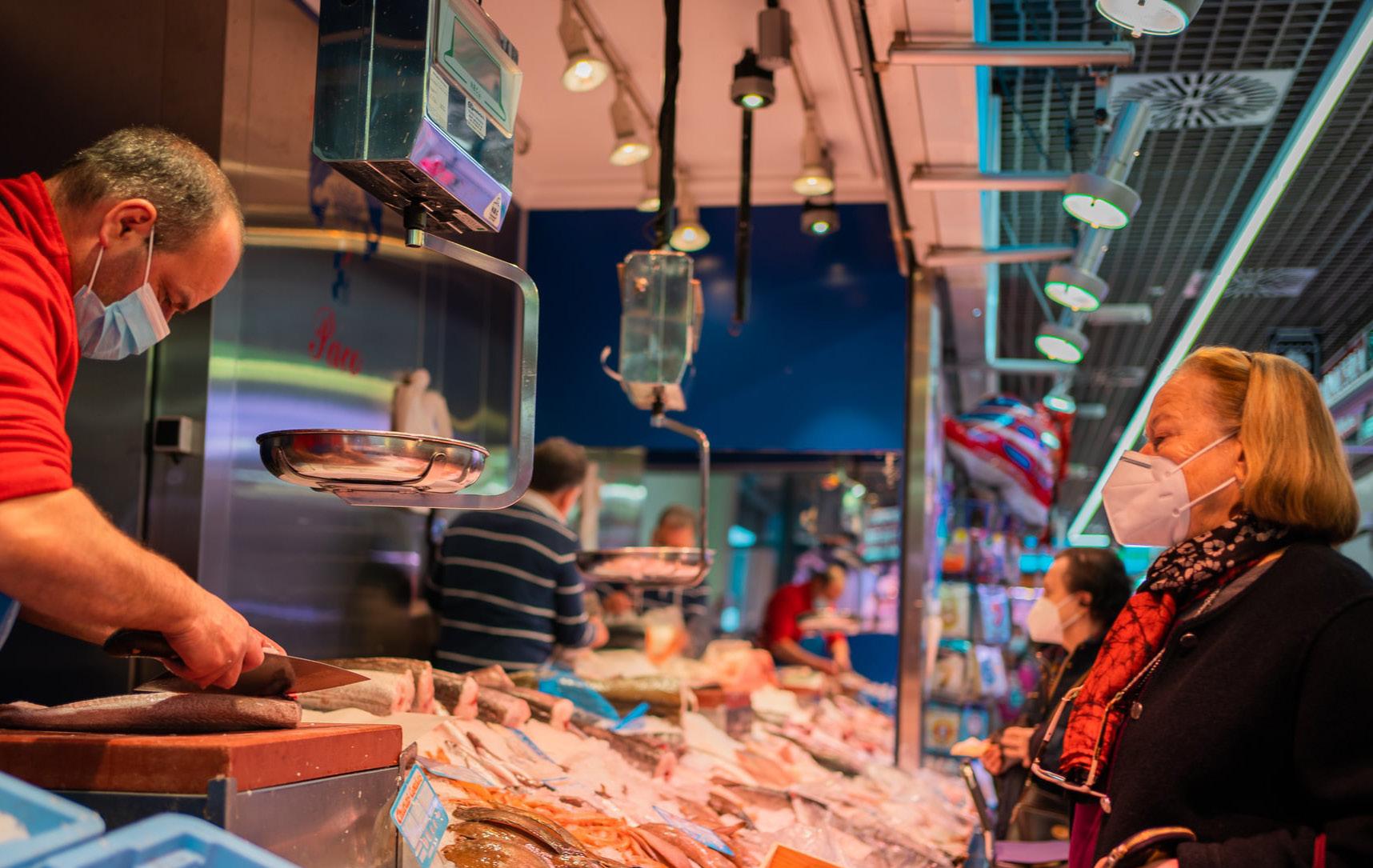
9 minute read
Brexit and the CPRI market: plus ça change
“The Future of Surety” – an initiative that aims to help the insurance industry transform
By Raluca Ezaru, External Relations & Information Officer, ICISA
Advertisement
In a press release published in December 2021, we announced our collaboration with The Institutes RiskStream Labs on a blockchain initiative that looks at the current process of registering, maintaining and verifying powers of attorney with the goal of making these processes less expensive and more efficient. Our intention was to bring together professionals to cooperate on solving some of the pain points in surety sector, in a collaborative approach that enables everyone to get in the game. Not a big surprise that two months later, four more International Surety Associations welcomed our initiative, showing interest and support. Currently, along with Surety & Fidelity Association of America (SFAA), the National Association of Surety Bond Producers (NASBP), the Surety Association of Canada, and the Pan American Surety Association (PASA) we took some steps supporting a global approach to solve the business challenges of transforming power of attorney processes in this digital age.

As a first step, with support from The Institutes Riskstream Labs, we give everybody a four month innovative network opportunity with goal to build and gain global awareness and build a network for the surety community.
Our first two workshops were a real success, reaching out more than 130 participating organisations.
The third workshop of the first phase is scheduled for 28 April 2021, with the fourth workshop tentatively planned for May 19th.
We would like to thank everyone participating in this working group for their input and hope this will lead to a successful initiative that will shape the future of Surety business.
If interested in taking part on this project, please contact Hampel Sandy at hampel@theinstitutes.org.

Who is The Institutes RiskStream Collaborative?
The Institutes RiskStream Collaborative was created by The Institutes, a non-profit, 100+ yearold organisation that provides educational support, resources and leading research to help those in risk management and insurance better serve the public.
The Institutes RiskStream™ Collaborative aims to create an ecosystem within the risk management and insurance industry that leverages a scalable, enterprise-level blockchain/digital ledger technology framework to streamline the flow and verification of data in order to lower operating costs, drive efficiency from improved processes, and enhance the customer experience.
Surge in demand for credit insurance and surety cover expected in 2021
Amsterdam, 3 March 2021
After unexpectedly benign claims in 2020, credit insurers and sureties also expect a rise in claims in 2021.
Amsterdam, 3 March 2021 - In the latest annual state of the industry survey, members of the International Credit Insurance and Surety Association (ICISA) anticipate increased demand for credit insurance and surety. As government support measures are wound down, ICISA members expect a resulting rise in claims in the course of this year.
Trade credit insurance
95% of ICISA trade credit insurance respondents anticipate an increase in global demand for credit insurance cover in 2021, due to greater risk awareness and increased likelihood of defaults. Members also expect increased demand for cover in countries heavily affected by the pandemic, such as Spain and Portugal, due to greater risk perception stemming from the effects of the pandemic in those economies.
For single- and political risk underwriters, growth is anticipated in OECD countries and Brazil, in particular. Underwriters also expect growth in countries that have recovered more quickly from the pandemic, such as China, as well for countries in Europe, Africa and Asia with a high GDP growth potential.
Almost all members expect an increase in claims in 2021 as the economy recovers and economic support measures are wound down, in particular in Europe, Latin-America and the U.S. An orderly and coordinated wind-down of support measures may ease this concern. A small number of respondents (40%) expect claims to rise further in 2022.
Pricing is expected to harden further, continuing a trend that began prior to the Covid-19 pandemic. In countries without government support schemes or where these are limited, respondents expect a harder market to match the increased risk in these markets.
When it comes to new products and new policies launched, insurers focused on developing new digital products, improving automation and introducing policies in support of sustainable development.
Government support
Most ICISA Trade Credit Insurance members participate in one or more of the credit support schemes set up by governments in various countries. This support is not aimed at insurers themselves, who are and remain solvent, but rather at the companies that are insured, in protection of those companies, the jobs they represent, their supply chains and buyers. There was wide agreement that it was important that risks continued to be insured allowing vulnerable, but otherwise healthy companies to stay in business.
In retrospect the effect of these schemes is mixed. The credit support schemes are costly for insurers and carry an administrative burden, while the effect of these schemes on risk appetite is limited. In general exposures were reduced selectively or not at all and this applies to countries with and without a credit risk support scheme. The schemes are important for the traders they aim to protect. A sudden or disorderly cancellation of economic support measures risks creating an unintended shock and exacerbating a situation that these measures aimed to avoid. An orderly and coordinated wind-down will determine their ultimate success. ICISA members will continue to support their policyholders during these changes.
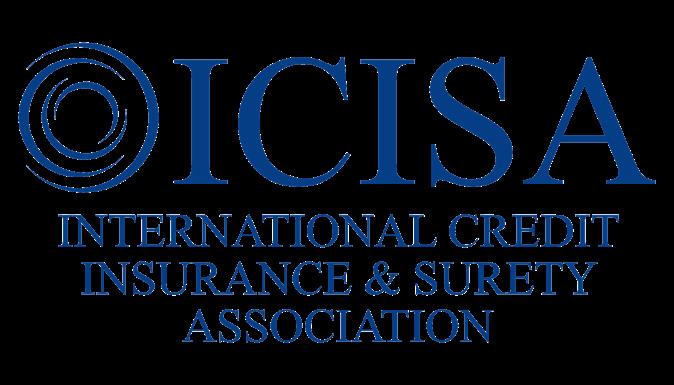
Surety
A majority of surety members expect an increase in demand for cover in the coming year, driven largely by expected growth in infrastructure spending. Sureties foresee growth in Latin-America, Europe, South Africa, China and the US. Almost all of ICISA surety members (85%) expect a sharp increase in claims paid in 2021, and some 40% expect this to continue in 2022. Respondents perceive an increased risk in countries where government support measures are available, as well as in tourism-dependent countries.
Given long-term healthy prospects of surety markets, this market is expected to remain competitive with ample capacity to meet demand.
One of the benign consequences of the pandemic is the launch by sureties in the past 12 months of new initiatives that aim at providing a complete digital experience and further integrating new technologies into their business models.

Top tutors share highest quality knowledge
JOIN! STECIS ‒the Credit Insurance and Surety Academy

Learn more at www.stecis.org
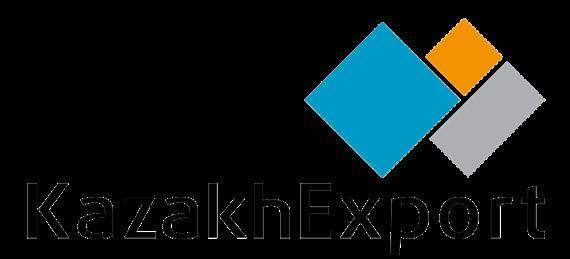
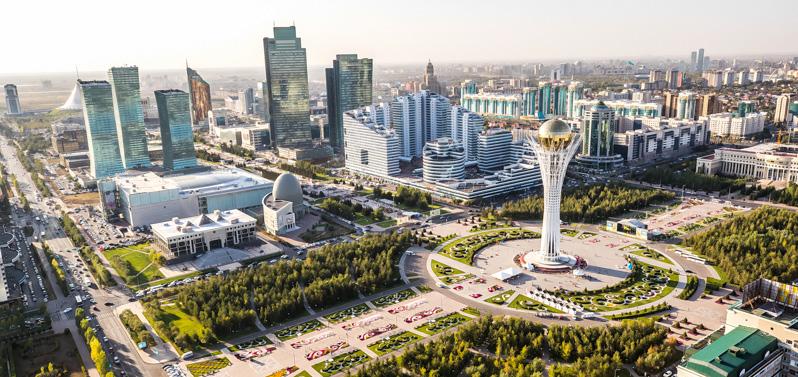
Developments in Kazakh trade with Central Asian neighbours and the role of KazakhExport
Expanding the geographical spread of sales markets for Kazakhstan’s products and improving their competitiveness are among the priority tasks of Kazakhstan’s economy. In particular, Kazakhstan pays much attention to the development of cross-border trade, elimination of trade barriers, provision of free movement for goods and services within the implementation of its National Export Strategy Program.
For Kazakhstan - Kyrgyzstan and Uzbekistan are in the category of high export interest and although they lag behind Russia and China in terms of transportation availability of freight traffic, and forecast of growth of export and import volumes, they are still promising sales markets.
Kazakhstan is gradually deepening and expanding its trade and economic cooperation with these countries, focusing first on major infrastructural projects and promotion of international production cooperation, which will boost mutual trade turnover. Experts forecast that in the mid-term, trade will be actively transformed from supplies of raw materials to joint cooperation in the manufacture of end products.
Kyrgyzstan
Kazakhstan borders Kyrgyzstan to the south where the most densely populated areas of the country. Both are full members of the Eurasian Economic Union. Trade and economic cooperation between Kazakhstan and Kyrgyzstan in recent years is marked by positive dynamics, however there are significant reserves for further development in such areas as investment cooperation, diversification of mutual trade structure, and increasing trade volumes. The Kazakhstan Institute of Strategic Studies under the President of the Republic of Kazakhstan reports that in 2020, Kyrgyzstan ranked number 18 by volume of trade turnover among key foreign trade partners of Kazakhstan. Kyrgyzstan accounts for 0.9% of trade turnover, including 1.2% export and 0.6% import. In 2020, the trade volume between both countries was almost USD 800 million, including USD 564 million of exports from Kazakhstan and USD 235 million of imports. Thus, Kazakhstan has a positive balance of USD 329 million in its trade with Kyrgyzstan. Agricultural products and raw materials were the major components of trade between the countries in 2020. The bulk of Kazakhstan’s export to Kyrgyzstan was generated by four groups of commodities: foodstuffs (30%), mineral products (28%), products of chemical industry (13%) and engineering products (12%).
In 2020, trade with Kyrgyzstan shrank by 15.3% due to the ongoing global crisis, including a decrease in exports by 9.9% and imports by 26%. This dynamics is not solely a feature of Kazakh-Kyrgyz trade as similar trends have been seen in foreign trade of the country overall. Indeed, trade with Kyrgyzstan decreased to a lesser extent than the aggregate foreign trade turnover of Kazakhstan.
Moreover, mutual investments have gained special focus where Kazakhstan captures their bulk. In recent years, Kazakh investment activities in Kyrgyzstan have increased – 2019 performance was more than twice the average volume of gross inflow of foreign direct investments into the country from Kazakhstan for the past 15 years (USD 57 million).
KazakhExport is the only dedicated insurance organization acting as a development institution of the Republic of Kazakhstan. It includes the functions of an export credit agency and provides exporters of the processing sector and secondtier banks with insurance protection against a non-payment risk in foreign trade transactions and guarantees the security of export transactions. In December 2019, KazakhExport opened a foreign representative office in Bishkek, the capital city of Kyrgyzstan.
However, companies from Kazakhstan exporting their products to Kyrgyzstan have received insurance support even earlier, since 2017. KazakhExport has supported producers with their exports of transformers, building materials, oil and fat, medication, textile, confectionery, macaroni and flour, different household chemicals, cleaning and polishing products to Kyrgyzstan.
Total volume of obligations of KazakhExport undertaken under supported projects with exports to Kyrgyzstan for four years totaled USD 40 million. Along with that, last year reached USD 2,3 million, which is 1,6 times less as compared to 2019. This was objectively affected not only by COVID-19, but also by an unstable political situation in Kyrgyzstan in autumn 2020, which automatically increased the probability of different risks for Kazakh exporters.
